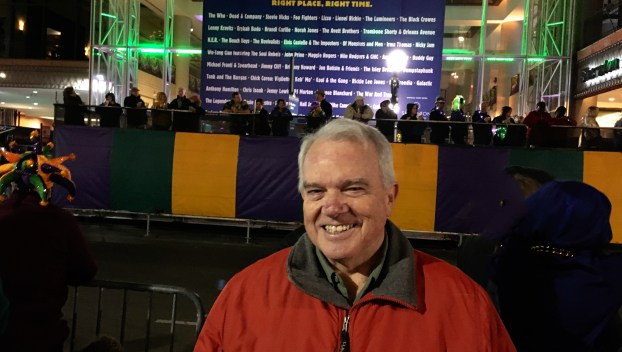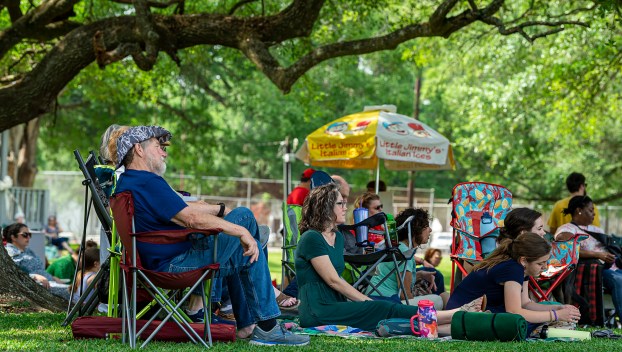
Entertainment
About the Author
Feature I About the author Write On! Butch Bailey The author behind “Cinderella of the Bayou” By Patrice ... Read more

Feature I About the author Write On! Butch Bailey The author behind “Cinderella of the Bayou” By Patrice ... Read more

Artist Profile I Remembering George Rodrigue The Blue Dog Turns 80 Acadiana Celebrates the iconic artist By Andrew ... Read more

Short Story I Winning Entry of the 2024 Literary Festival Competition Cinderella of the Bayou By Rodney ‘Butch’ ... Read more

The excitement was palpable in downtown New Iberia Saturday afternoon after a hidden statue was finally unveiled in ... Read more

Nature has been an inspiration and setting for both literature and symphonic music for centuries, so it’s a ... Read more

Nestled in the heart of South Acadiana, the 8th Annual Books Along the Teche Literary Festival in New ... Read more

About a week ago, the Iberia Parish School System hosted a recital for their gifted and talented music ... Read more

Nature has been an inspiration and setting for both literature and symphonic music for centuries. So it’s a ... Read more
It doesn’t take long when touring around New Iberia to discover the city’s affection for murals. The colorful ... Read more

Feature Story I Books Along the Teche Literary Festival James Lee Burke in Bronze A Literary Icon Honored ... Read more